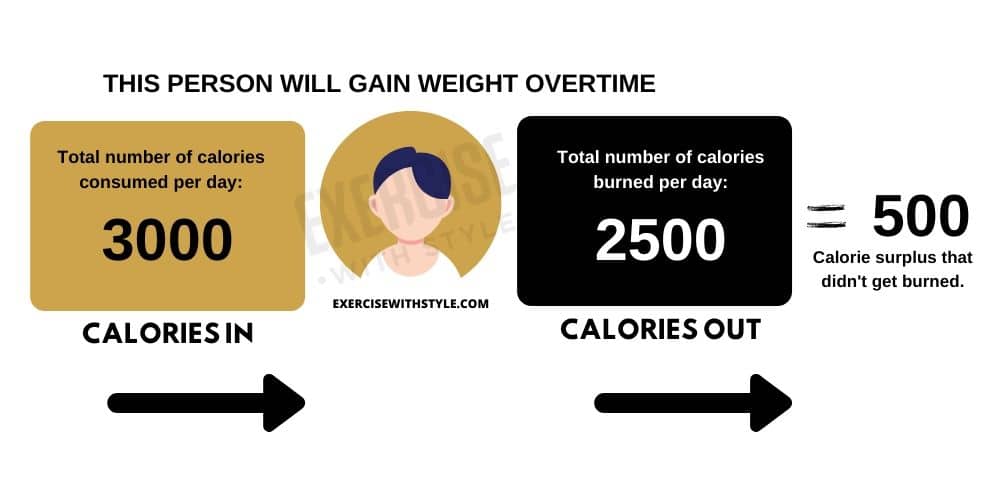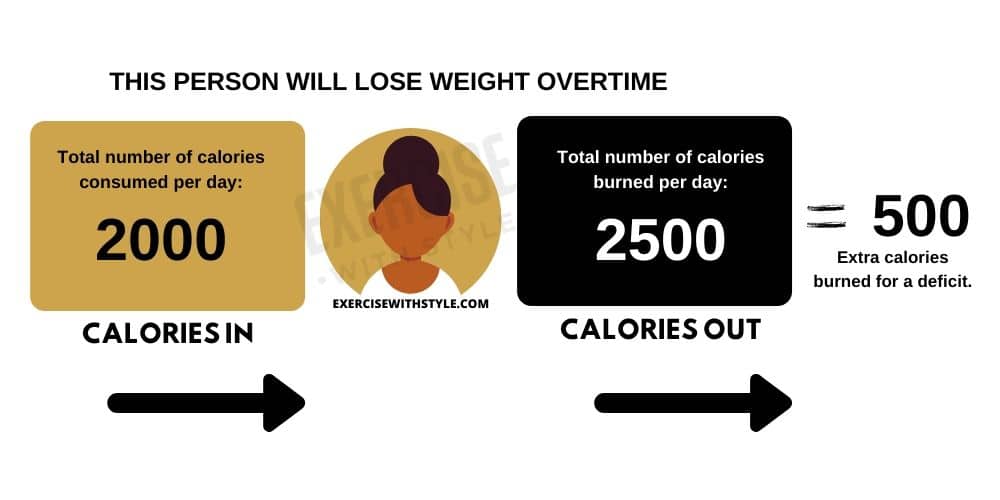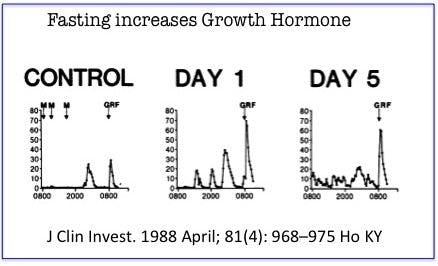This post may contain affiliate links at no additional cost to you. As an Amazon Associate I earn from qualifying purchases. Click to view our full disclosure.
What's inside
There are many kinds of Intermittent Fasting you can follow.
5:2, 20:4, and Alternate Day Fasting are all names you’ve probably heard of. A name you might not have heard about is the “Eat Stop Eat” method.
It definitely deserves your attention because it has a couple of unique benefits, which I’ll get into. But first, let me explain where it came from.
Where did Eat Stop Eat come from?
Eat Stop Eat is the result of the Graduate Research I did at the University of Guelph, in Guelph Ontario, Canada.
Brad Pilon
It’s important to note that the book was not written after Intermittent Fasting became a hype.
In fact, it was one of the first books ever written on the health benefits of Intermittent Fasting.
Brad wasn’t just a guy with an opinion on Fasting.
He actually studied the effect of fasting on metabolic health.
Which is your risk of developing serious health conditions, like type 2 diabetes and heart disease.
As you can expect, the book goes deep into the research behind Intermittent Fasting. But it also makes case for why Eat Stop Eat might be the best way to fast.
It’s painfully obvious many Intermittent Fasting books took inspiration from Eat Stop Eat. And many readers claim it changed their life.
How does Eat Stop Eat work?
Related: What is The 75 Hard Challenge
Eat Stop Eat is, in theory, as simple as it sounds. Its goal is to fast for 24-hours two days a week on whatever days work for you.
On non-fasting days you would eat healthy well-balanced meals.
You can have one big meal, 2-3 meals, or eat 8 small meals throughout the entire day. It’s all to your personal preference.
When choosing your fasting window it is completely your choice and what fits around your lifestyle. I prefer to eat around 5 pm and begin my fast after dinner and break my fast 24 hours later.
How this works for fat loss is during a fasting window we force the body into an energy deficit.
When we create a calorie deficit the body turns to stored fat to fuel the body and fat loss is the outcome.
What is super handy is tracking your fasting schedule with a fasting tracker app that will send you a notification on when to start your fast and alerts you when it’s time to eat.
Calorie deficit explained in a diagram
Here is a diagram of a person in a calorie surplus and will gain weight over time.

Fasting or lowering your food intake isn’t the only way to induce the body into a calorie deficit.
On non-fasting days I will eat 2-3 meals a day, 1 smoothie and 2-3 snacks but simply exercise 20-30 minutes which will increase the likely hood of ending the day in a calorie deficit.
The longer and intense your daily exercise is will increase your deficit.
Here is a diagram of a person in a calorie deficit and will lose weight over time.

Sometimes people confuse Eat Stop Eat with 5:2 fasting or alternate-day fasting. But it’s not the same.
It’s different than alternate-day fasting because with that method you don’t eat anything for 36 hours.
And you can then eat in a window of 24 hours.
Other than that, all of the common sense things to do also apply Eat Stop Eat. Like staying properly hydrated.
Paying close attention to your mental state and avoid binge-eating during your eating window.
What are the benefits of Eat Stop Eat
Related: What Is The 80/20 Rule Diet?
So, what are some of the benefits and downsides compared to other types of fasting?
You can still eat normally on most days of the week: You don’t have to create a caloric deficit. And you can eat whenever you want.
This makes it less restrictive than other types of Intermittent Fasting.
You can still eat every day, unlike alternate day fasting.
Because you fast for 24 hours this gives you more time to completely deplete glycogen stores and switch to fat cells for fuel.
24-hours of fasting can improve your mental focus, learning, and memory more than shorter fasts.
You can also expect all the health benefits of Intermittent Fasting.
- You will lose weight faster
- Can lower blood insulin and blood sugar levels
- You increase human growth hormone (HGH)
- May improve mental clarity and energy level
- You can decrease the risk of developing serious health conditions, like type-2 diabetes.

A study from 1988 from Ho Ky et al for the effects on fasting and HGH.
On the control day, you can see M which indicates meals and the suppression of HGH.
Compared to when no meals are consumed and the higher secretion of HGH by day 5 of the study.
What are the possible downsides of Eat Stop Eat
But there are some downsides compared to other types of Intermittent Fasting you have to take into consideration.
You have to fast for a full 24-hours and this can be hard if you’re a beginner. It can lead to irritability, stress, headaches, and a changed mood.
However, this usually only happens in the period where you’re getting used to the method.
As mentioned, 5:2 fasting allows you to eat 500 calories on your fasting day.
And this makes it initially slightly more difficult than 5:2 fasting.
This can either be a benefit or a downside depending on your preferences.
Because you eat nothing on 2 days of the week it can be harder to maintain in the long term than 16:8 fasting and 20:4 fasting.
Is Eat Stop Eat Fasting a better way to fast?
So, is the Stop Eat method a better way to fast? The answer is it depends.
It may not be beginner friendly, because you should work your way up to a 24 hour fast in my opinion to avoid side effects.
Eat Stop Eat is the perfect way to fast because it’s less restrictive on your eating days and really allows the body to turn to fat for fuel.
